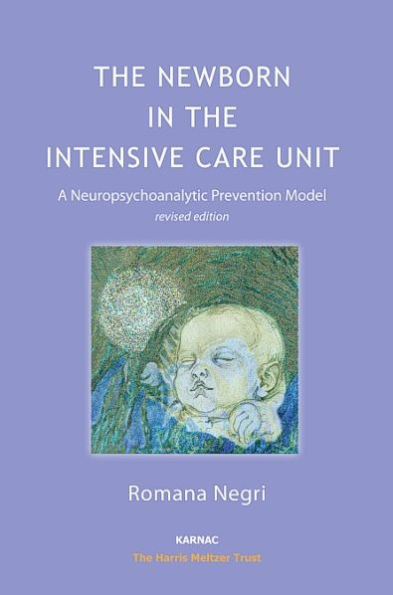The Newborn in the Intensive Care Unit: A Neuropsychoanalytic Prevention Model
This book is all about the emotional experience of the baby who has not had enough of one type of life to be able to transfer its emotional allegiances to the new one. The approach to this problem, as it is illustrated here, involves a philosophy that goes far beyond the humane attitude of alleviating suffering which operates in hospital medicine.
1111470354
The Newborn in the Intensive Care Unit: A Neuropsychoanalytic Prevention Model
This book is all about the emotional experience of the baby who has not had enough of one type of life to be able to transfer its emotional allegiances to the new one. The approach to this problem, as it is illustrated here, involves a philosophy that goes far beyond the humane attitude of alleviating suffering which operates in hospital medicine.
52.95
In Stock
5
1

The Newborn in the Intensive Care Unit: A Neuropsychoanalytic Prevention Model
400
The Newborn in the Intensive Care Unit: A Neuropsychoanalytic Prevention Model
400Paperback(Revised Edition)
$52.95
52.95
In Stock

Product Details
| ISBN-13: | 9781782201168 |
|---|---|
| Publisher: | Karnac Books |
| Publication date: | 08/28/2014 |
| Series: | Harris Meltzer Trust Series |
| Edition description: | Revised Edition |
| Pages: | 400 |
| Product dimensions: | 6.00(w) x 8.90(h) x 1.30(d) |
About the Author
From the B&N Reads Blog
